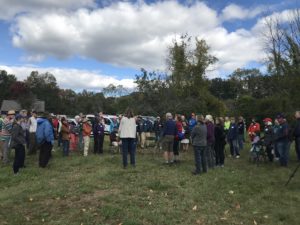Hearing & Seeing Coyotes?


January through May is the mating and denning season for coyotes, and they become more active during this time. MassWildlife officials are reminding the public to take action to prevent conflicts with coyotes with these actionable tips. More information is available from MassWildlife.
Protect pets: Dogs should be supervised on a leash, especially during the coyote breeding season. During the breeding season, coyotes become very active in marking and defending their territories to protect their pack and successfully raise their pups. Unfortunately, coyotes cannot distinguish your pet from an intruding coyote, and will treat the presence of dogs in their territories as a threat. Coyotes can become more aggressive during this time toward large-breed dogs, including dogs as large as labs and shepherds. Smaller dogs and cats are viewed as prey items by coyotes at any time of the year. Most coyote attacks on pets involve dogs that are off-leash or loose in a backyard.
Remove food: Coyotes will utilize whatever food is naturally available including small animals, insects, and fruits, as well as artificial sources such as garbage, pet food, and compost. Bird feeders and suet also attract coyotes to yards, both as a direct food source and by attracting rodents that coyotes feed on. Coyotes that find human-associated foods will spend more time in yards and neighborhoods. Coyotes that become dependent on these supplemental foods can become habituated, act tame, and exhibit bold behavior toward people. Never intentionally feed coyotes. Most recent coyote bites on people can be directly tied to intentional feeding in the community.
Hazing: Coyotes are highly adaptable to a wide range of habitats and can be found year-round in forested areas, beaches, wetlands, golf courses, and neighborhoods. While coyotes and other wild animals are naturally afraid of people, this fear can disappear over time when animals spend a lot of time around people or when they are frequently fed by people. Whenever you see a coyote in your yard, you can aggressively haze it by chasing it out of the yard, spraying it with a hose, making loud noises by banging pots and pans or blowing an airhorn, and throwing small objects, like a tennis ball, with the intent to frighten not injure. Repeated hazing helps teach coyotes they are not welcome in your yard, similar to how coyotes naturally chase other coyotes out of their own territories. The more people in a community that haze coyotes, the more effective it will be in making them avoid people.
Do not let coyotes intimidate you: It is important to note that negative encounters with coyotes are rare, and attacks on people are even more rare. The presence of a coyote alone is not cause for concern.
For more information, please visit MassWildlife.

































